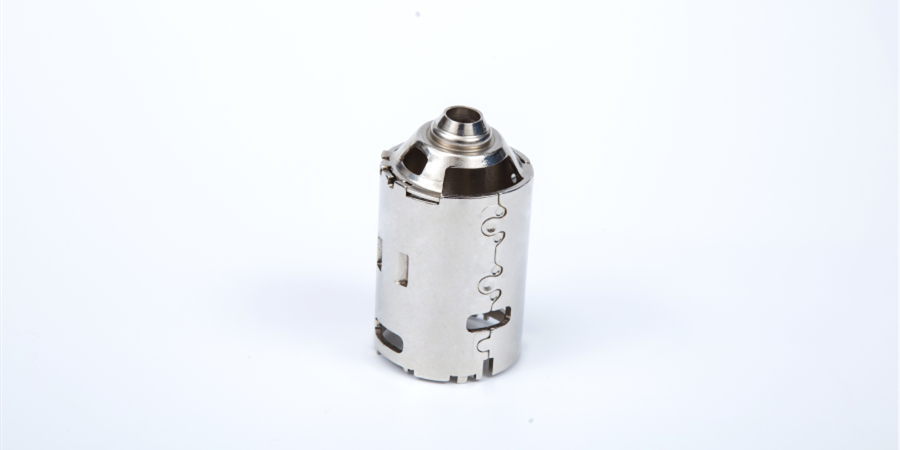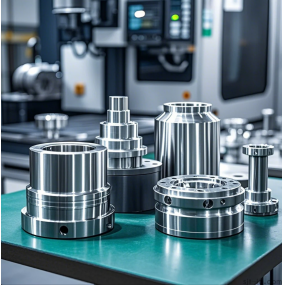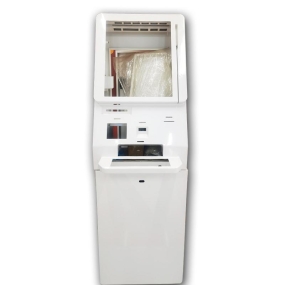Today, let‘s introduce the entire processing process of the customer‘s hardware stamping die development.
1. The first priority should be that the customer sends the product drawing to the supervisor of the stamping die design department, and the design supervisor acknowledges whether the product can be made with the technology of this part. If so, then hand it over to the designer to prepare the drawings. Buy back the various boards required by the mold first, give way to roughing, and grind the thickness of the template to a certain size. Generally, a total of 50 (0.50mm) are left on both sides. After roughing, send it to heat treatment.
2. Then the design staff held a seminar to draw up the step-by-step process drawings of the product and discharge strip drawings. It is impossible for a product to be produced through only one process, and it must also cooperate with other processes to produce qualified Metal Stamping products. After the product process drawing is admitted, the designer begins to design the mold.
3. After the design has drawn all the parts of the entire mold, the mold can officially start processing, first of all, the template is ground to the correct size, then the discharge, the threading hole, and then the line cutting, cutting into the block hole, knife edge, blanking, etc., and then sent to the milling machine or CNC processing countersunk head, make way, etc. Finally, it will be tested by quality assurance. If it fails, it will be returned to the responsible part for reprocessing. If it passes, it can be sent to the warehouse for warehousing in the future. 
4. Finally, the fitter will take it away from the warehouse and start the preparation work before the assembly, such as chamfering, removing burrs, rust, recognizing the scale, checking whether the various places are properly processed, whether there are missing holes, and whether the screw teeth are missing. When the mold parts arrive, you can temporarily start to assemble the molds, and install them at one point. After the mold parts arrive, the molds are almost installed, which saves a lot of time compared to the installation of all the parts.
5. After the stamping die is assembled, the mold is tested and debugged until the mold can produce the hardware stamping parts with the requirements of scale accuracy and appearance quality. Then it is sent to the customer to sign the sample. The customer acknowledges that all the work of this set of molds is officially completed, and it is waiting for the production on the machine. In the future, it is time to repair and maintain the mold. If the mold is fine, the fitter will be fine. Being a fitter is more worrying, and I don‘t know when the mold will break. As long as it is broken, I will have to repair it immediately. If the number of repairs is too high, it will be more annoying. Of course, if you install the mold well, everything that should be done is done in place, and the mold will not be so problematic.
This article is from EMAR Mold Co., Ltd. For more EMAR related information, please click: www.sjt-ic.com,


 English
English Spanish
Spanish Arabic
Arabic French
French Portuguese
Portuguese Belarusian
Belarusian Japanese
Japanese Russian
Russian Malay
Malay Icelandic
Icelandic Bulgarian
Bulgarian Azerbaijani
Azerbaijani Estonian
Estonian Irish
Irish Polish
Polish Persian
Persian Boolean
Boolean Danish
Danish German
German Filipino
Filipino Finnish
Finnish Dutch
Dutch Galician
Galician Catalan
Catalan Czech
Czech Croatian
Croatian Latin
Latin Latvian
Latvian Romanian
Romanian Maltese
Maltese Macedonian
Macedonian Norwegian
Norwegian Swedish
Swedish Serbian
Serbian Slovak
Slovak Slovenian
Slovenian Swahili
Swahili Thai
Thai Turkish
Turkish Welsh
Welsh Urdu
Urdu Ukrainian
Ukrainian Greek
Greek Hungarian
Hungarian Italian
Italian Yiddish
Yiddish Indonesian
Indonesian Vietnamese
Vietnamese Haitian Creole
Haitian Creole Spanish Basque
Spanish Basque











